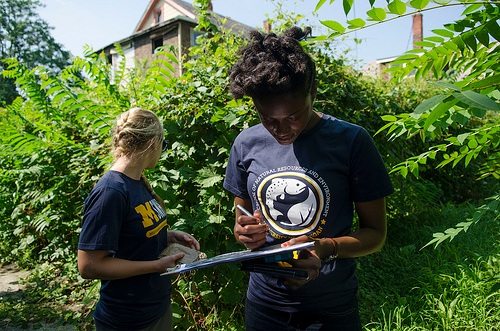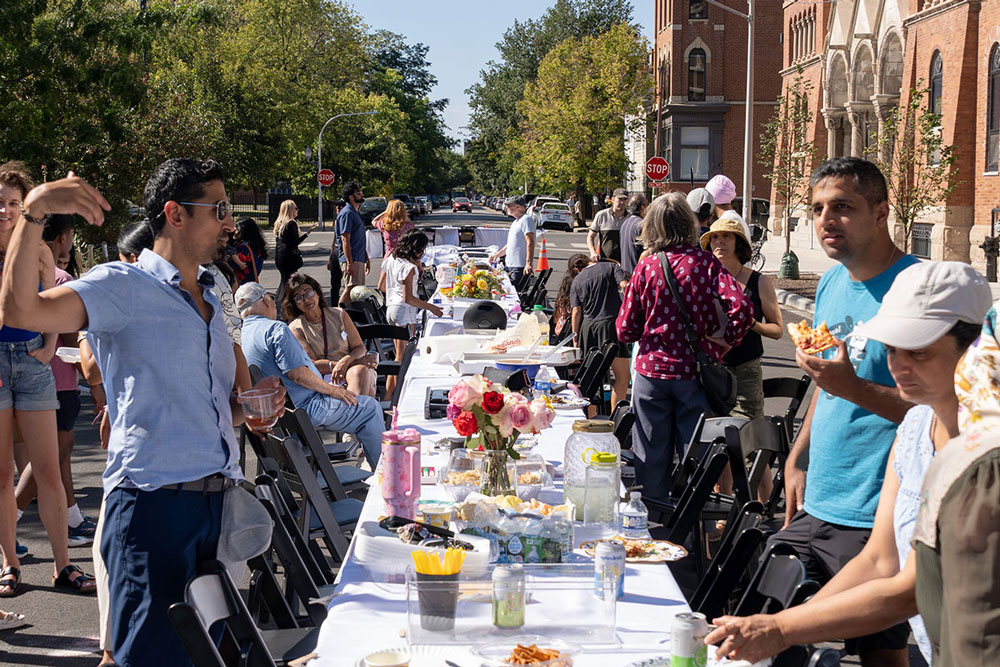
September 5, 2013; Yes Magazine
Sign up for our free newsletters
Subscribe to NPQ's newsletters to have our top stories delivered directly to your inbox.
By signing up, you agree to our privacy policy and terms of use, and to receive messages from NPQ and our partners.
Detroit is something of the poster child for a failed city, but Larry Gabriel, the former editor of Detroit’s Metro Times and UAW Solidarity magazine sees a city that has elements of a potential rebirth through “growing industries, strong communities, and policy changes laying the foundation’s for the city’s recovery.” Gabriel sees press coverage of Detroit as “reinforc[ing] a tired old story…[that misses] plenty of positive major economic stories…starting with the federally bailed-out General Motors and Chrysler auto companies emerging from bankruptcy with improved sales and record profits, and continuing with the likes of the booming Midtown as a flagship community of the new Detroit.”
Gabriel sees six elements of a strategy already being implemented to revive Detroit:
- The Detroit riverfront: According to Gabriel, Detroit’s location on a river between Lake Huron and Lake Erie is “such a convenient spot on the Great Lakes that it’s almost unimaginable that the area would be abandoned as a transport center…Detroit remains the busiest border crossing between Canada and the United States, and Michigan is intent on building a bridge, called the New International Trade Crossing, to accommodate the traffic.”
- Urban agriculture: He sees the “Keep Growing Detroit” program supporting 1,400 community gardens plus other initiatives around developing aiming to bring nutritious food to the public as a bulwark of Detroit’s rebirth. In recognition of this, the public school system has developed a program for teaching agriculture in 45 schools toward training young people for jobs in the food industries.
- Ward-based council districts: Until now, city council members were elected at-large, which Gabriel suggests made council members unaccountable to neighborhoods. This fall, the city will elect council members by ward, which Gabriel thinks will make the council more accountable.
- The James and Grace Boggs Center to Nurture Community Leadership: Gabriel sees this nonprofit’s program for creating community leaders as having “empowered Detroiters living at ground zero for deindustrialization to truly reimagine their possibilities” as a result of the Center’s “do-what-you-can-with-what-you-have ethos.”
- Grassroots urban renewal: He sees groups such as Blight Busters (profiled in recent NPQ newswires and Cohen Report articles here, here, and here) and plans such as Farm City Detroit and the Lower East Side Action Plan as pointing the way to neighborhood-based renewal.
- Regional cooperation: After decades of the wealthy suburban counties isolating Detroit, Gabriel sees a new dynamic of regional cooperation emerging, including efforts such as funding the Detroit Zoo and upgrading Cobo Center.
Gabriel is confident that these are six bulwarks undergirding a revitalized Detroit. He doesn’t cite the various investment and development strategies that many other observers believe are crucial to Detroit’s turnaround, such as the New Economy initiative, the Detroit Future Plan, and other big efforts of nonprofits and foundations coming together to remake city systems. Is Gabriel, a activist knowledgeable about Detroit, suggesting that these well-publicized plans are destined to follow the big ideas of earlier times, announced with great fanfare, but accomplishing little for the Motor City?—Rick Cohen











